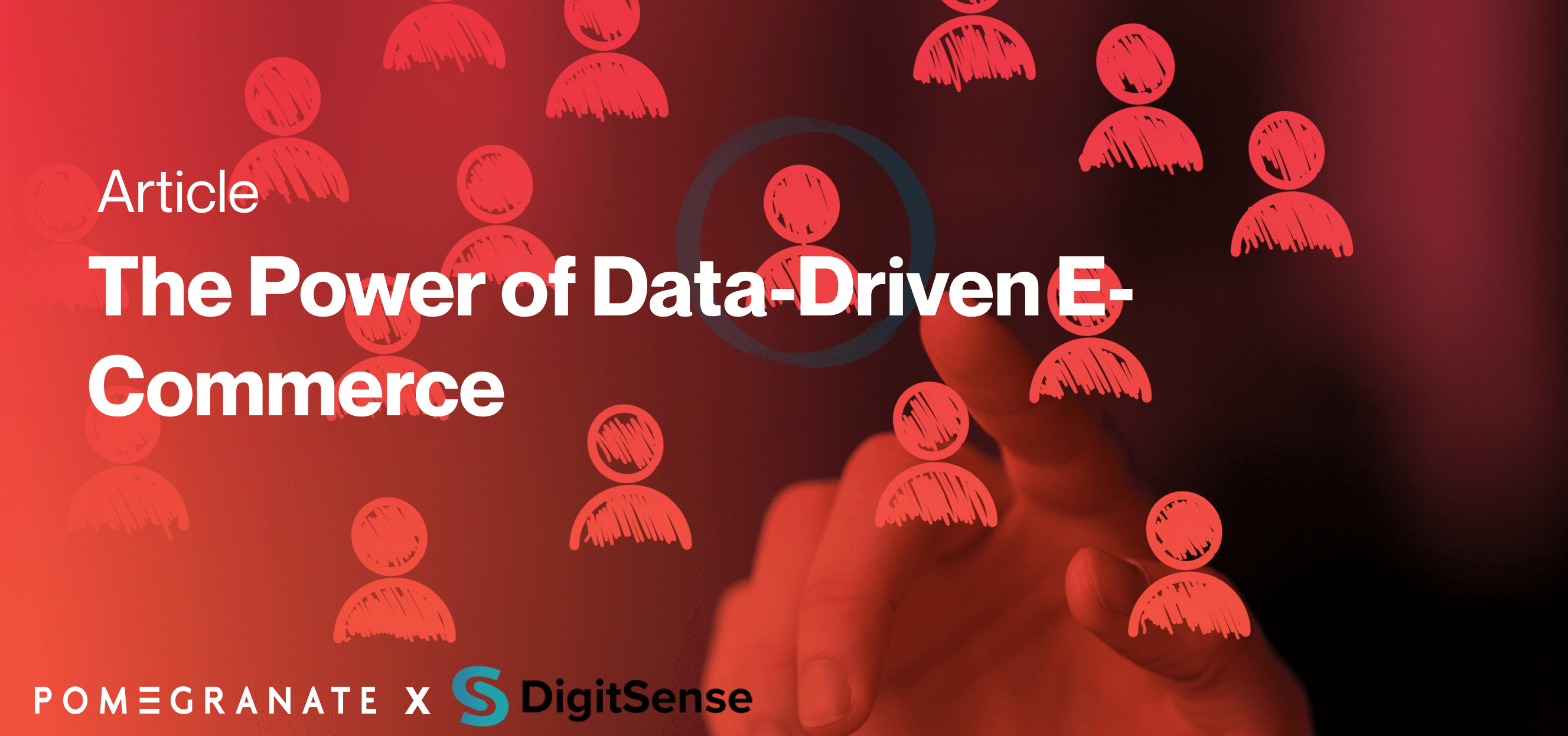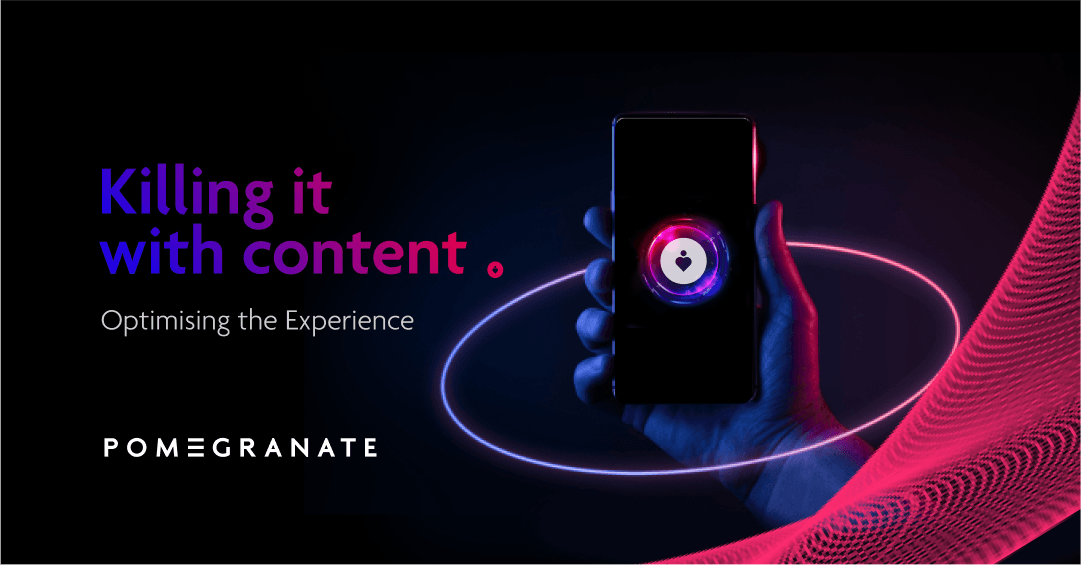Believe it or not, the current iteration of GA4 has untapped potential waiting to be harnessed. How can you unlock this potential? By seamlessly integrating it with other key Google products.
In the following discussion, we delve into the ways you can enhance GA4 by seamlessly connecting it with these integral Google products.
Why link your GA4?
Gaining insights into your customers and effectively tailoring your approach requires a robust foundation of data and analytics. Although GA4 excels at measuring engagement and cross-platform traffic, it is not immune to certain limitations. Integrating GA4 with other Google products addresses these limitations, paving the way for more robust analytics.
Harnessing GA4 Audiences
The GA4 audience feature possesses the potential to drive marketing success to new heights. GA4's incorporation of machine learning empowers marketers not only to monitor cross-platform traffic and activities but also to pinpoint ideal audiences and make precise engagement predictions.
However, the benefits don't stop there. GA4 enables audience customisation, encompassing attributes like first session date, demographics, and technology.
Within these categories lies the ability to further fine-tune data through audience segmentation. For instance, under the "date of first session" category, audience subsets can be refined based on factors such as age, language, and location. This strategic capability fuels the creation of precision targeted marketing campaigns.
Furthermore, GA4's audience trigger feature provides a tangible gauge of your efforts. Configuring this feature allows for notifications whenever a new member joins your audience, ultimately enhancing your ability to focus on and engage potential customers. This type of automation acts as a safeguard against missed opportunities by seamlessly nurturing leads, meaning no one gets missed.
Forging Connections: GA4 and Google Ads

A core synergy with GA4 is Google Ads, a pay-per-click (PPC) platform that empowers marketers to amplify campaign visibility across Google's various platforms, including the search engine and YouTube.
Google Ads holds a central role in Google's suite of offerings, with some considering it a catalyst for the inception of Google Analytics itself. Therefore, linking GA4 with Google Ads is pivotal; the former thrives on the data nurtured by the latter.
Consider the advantages that stem from this strategic integration:
Elevated Reporting: Integrating GA4 and Google Ads opens the gateway to advanced reporting capabilities. This integration allows access to Google Ads campaign reports, offering detailed insights into the effectiveness of your ads in driving traffic and conversions. Similarly, the User Acquisition report sheds light on users' initial interactions with your platform.
Enhanced Conversion Tracking: The integration between GA4 and Google Ads extends to the realm of advanced conversion tracking. Configuring this connection empowers you to identify ads that are successfully meeting conversion objectives and those that require adjustments. This fine-tuning capability aids in aligning your efforts with overarching marketing goals. Additionally, it enables the launch of re-marketing initiatives targeting users who engaged with your content but did not convert.
Maximising ROI: The seamless fusion of GA4 and Google Ads sets the stage for comprehensive ROI analysis and optimisation. By leveraging conversion tracking and in-depth website data, marketers gain the ability to discern successful campaigns and the factors contributing to their triumph. Conversely, campaigns that fall short are equally identifiable. This newfound clarity supports informed decision-making, optimises resource allocation, and ultimately ushers in a heightened return on investment.
Getting more out of Google
The current landscape of GA4 presents a compelling canvas for unlocking its latent potential through strategic integration with other Google products. If you would like to find out more on how you can take your GA4 to the next level, you can explore more details here





